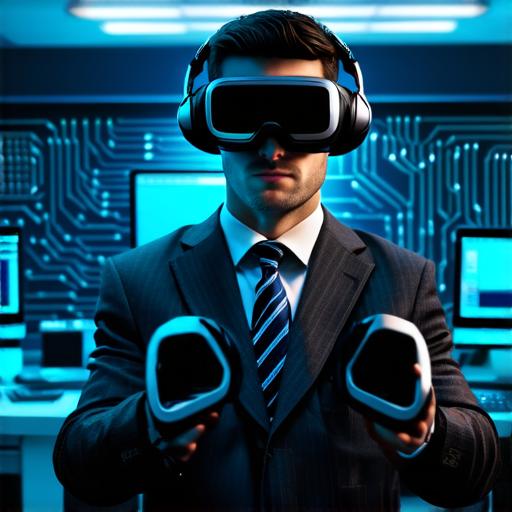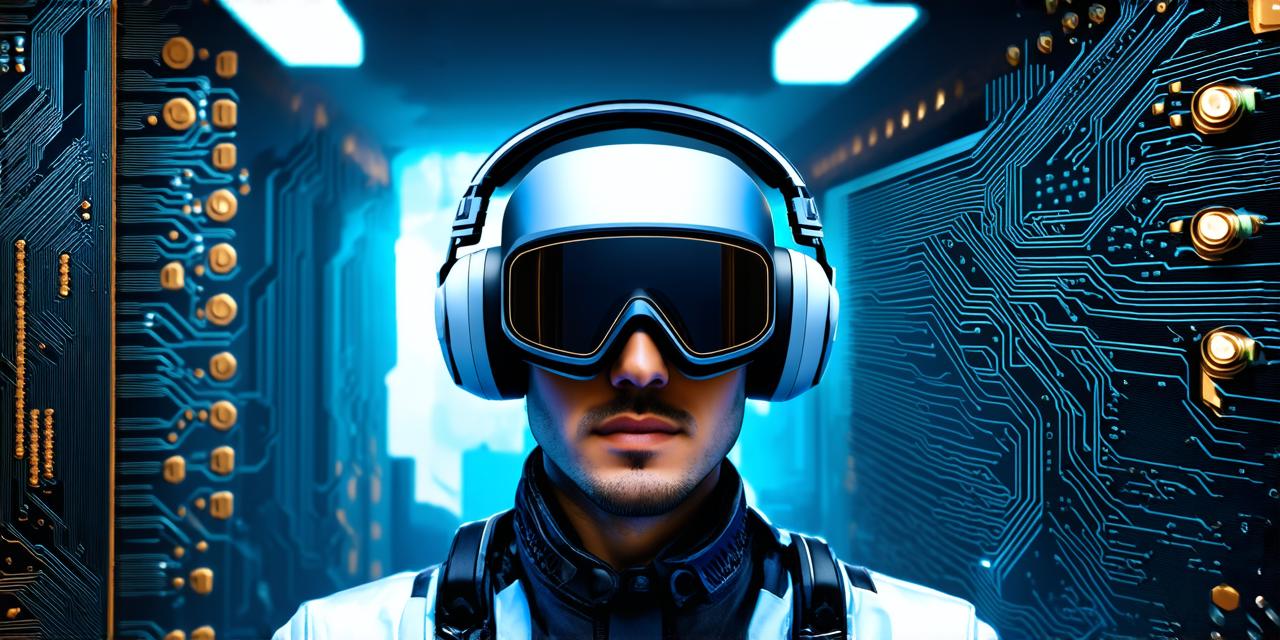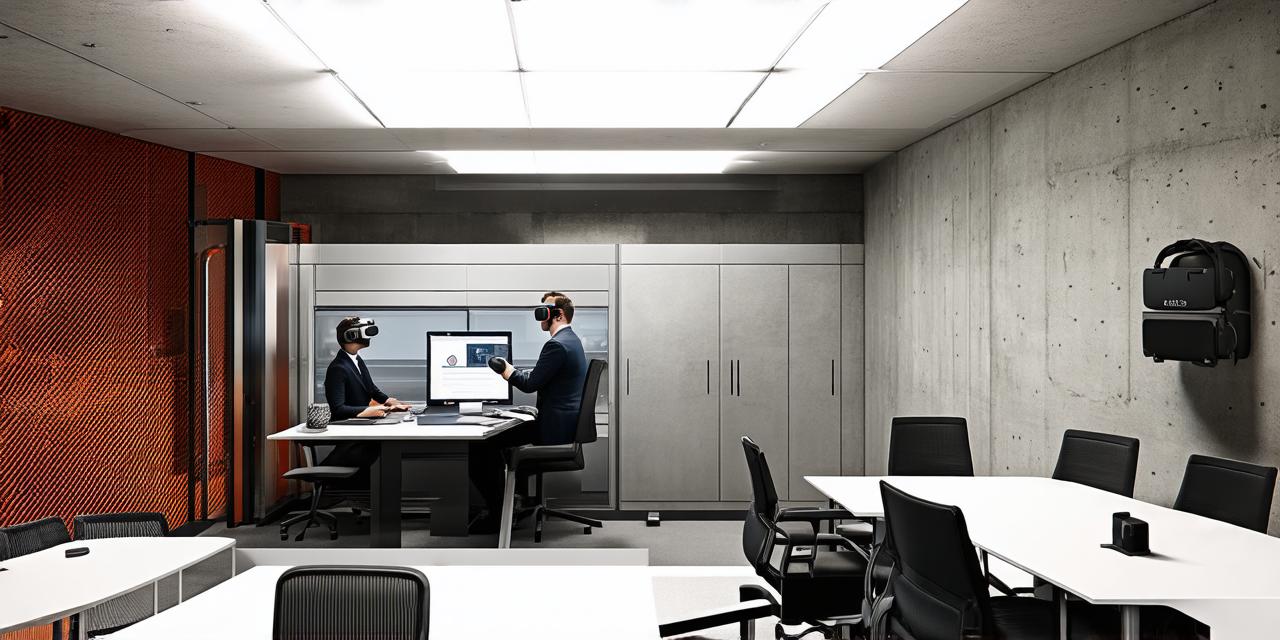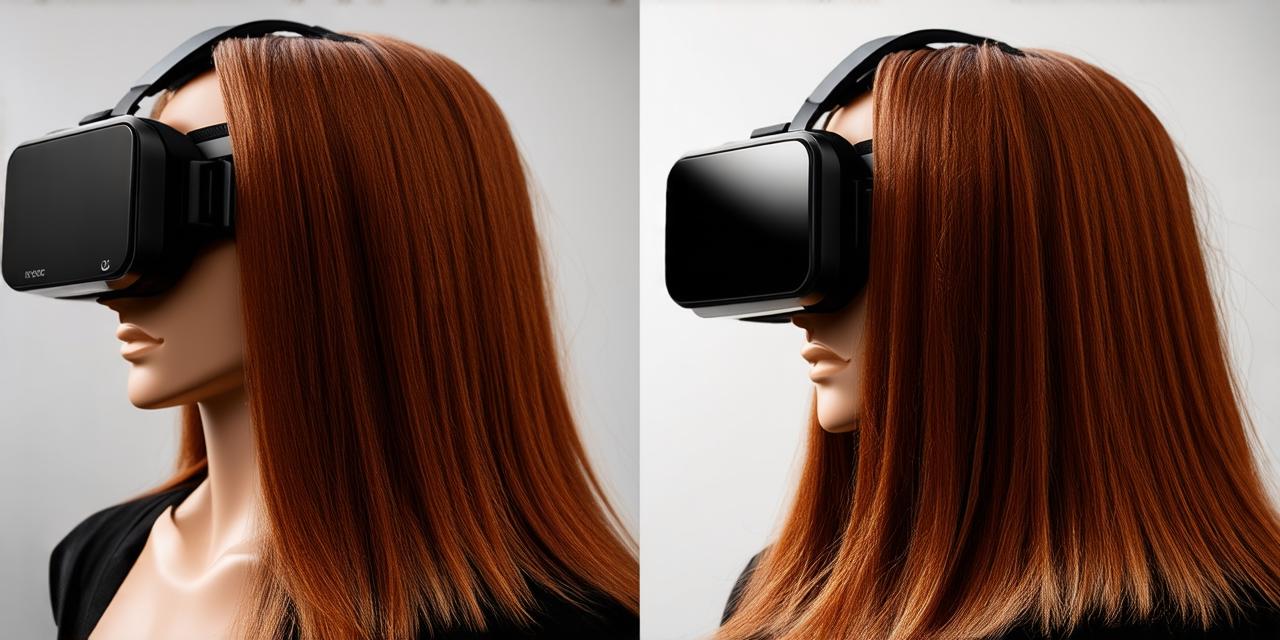Augmented Reality (AR) and Virtual Reality (VR) have revolutionized the way we interact with digital content, offering immersive experiences that blur the line between the physical and virtual worlds.
Introduction
This article aims to shed light on the pioneering minds who laid the foundation for these groundbreaking technologies.
Augmented Reality: The Early Beginnings
Tom Caudell and David Mizell (1990)
In 1990, Boeing engineers Tom Caudell and David Mizell coined the term “augmented reality” while working on a project to enhance the work of aircraft maintenance technicians. Their idea was to overlay digital information onto real-world objects, thereby improving efficiency and accuracy in complex tasks.
Douglas Engelbart (1968)
Although not explicitly referred to as AR, Douglas Engelbart’s “On-Line System” from 1968 can be considered a precursor to AR. His system allowed users to manipulate and interact with digital information in real time, paving the way for more advanced AR applications.
Virtual Reality: A Journey Through Time
Ivan Sutherland (1968)
Ivan Sutherland is often credited as the “father of VR.” In 1968, he developed the first head-mounted display, known as the “Sword of Damocles,” which allowed users to explore a 3D wireframe world. This groundbreaking invention marked the beginning of VR research and development.
Jaron Lanier (1980s)
Jaron Lanier, also known as the “Godfather of Virtual Reality,” founded VPL Research in the 1980s, which developed some of the first commercial VR systems. His company’s products were used by NASA, the military, and Hollywood, further popularizing VR technology.

Summary
The development of AR and VR technologies has been a collaborative effort spanning several decades. From Boeing engineers to visionaries like Ivan Sutherland and Jaron Lanier, these pioneers have laid the foundation for the immersive digital experiences we enjoy today. As research continues, we can expect even more exciting advancements in AR and VR technologies in the future.



